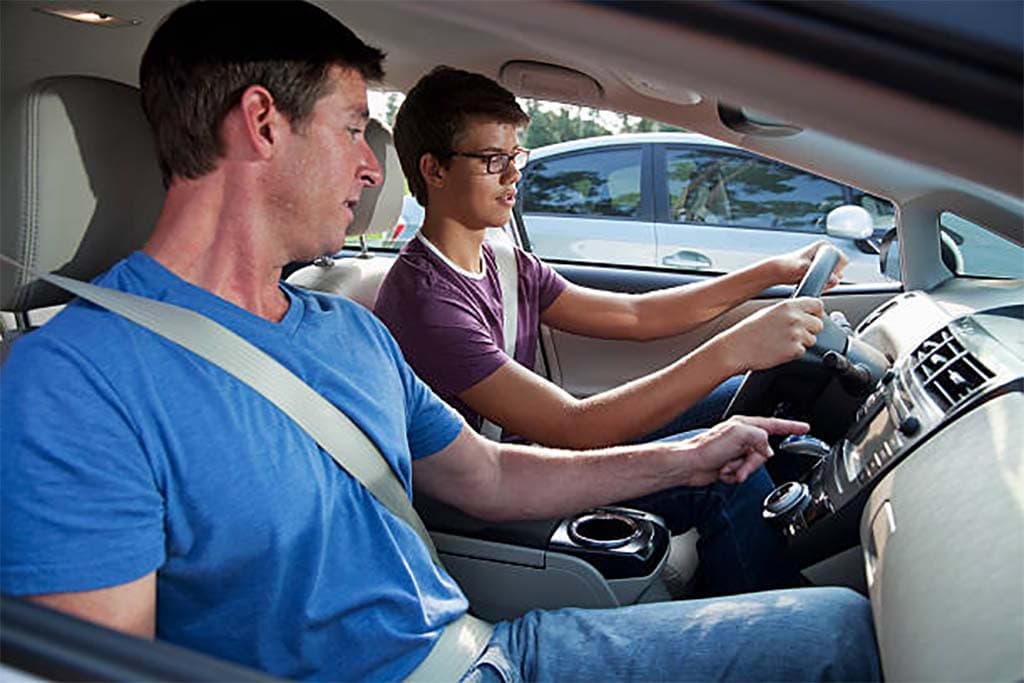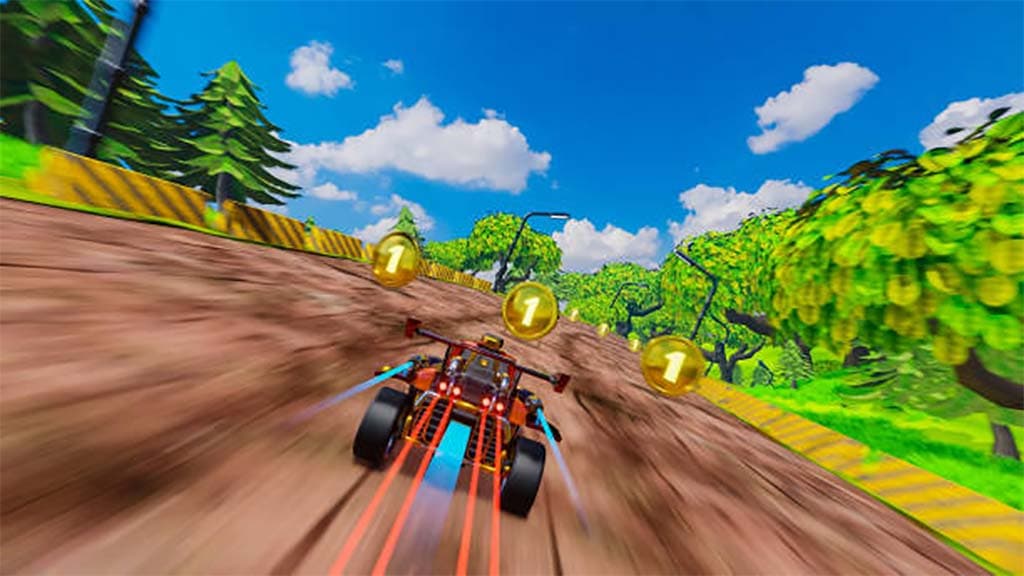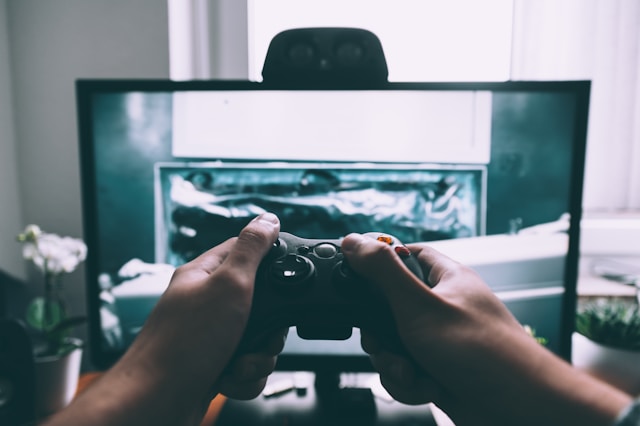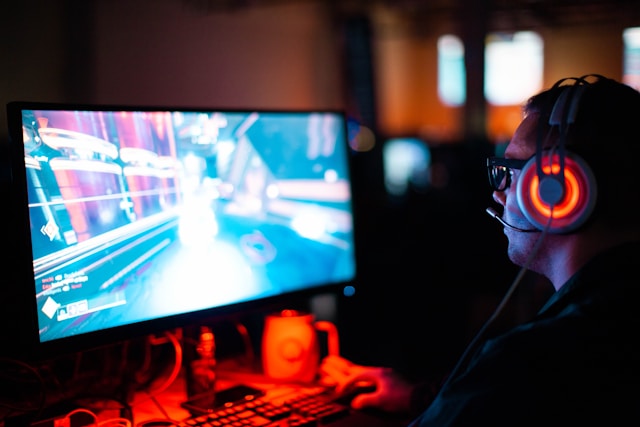Can Racing Games Improve Your Real-World Driving Skills
The trajectory of racing video games over the years is nothing short of remarkable. From their rudimentary origins with simple graphics and basic gameplay mechanics, they have transformed into sophisticated simulations that vie for unparalleled realism. Today’s racing games employ advanced physics engines, stunning high-definition visuals, and intricate gameplay elements, all converging to offer an immersive experience that closely mirrors real-life driving. This evolution raises a pertinent question: Can extended exposure to such realistic driving simulations impart genuine driving skills, especially among the younger demographic who are yet to navigate real roads?
The Cognitive Benefits of Gaming
Beyond their entertainment value, video games have been a subject of numerous studies that aim to uncover potential cognitive benefits. When it comes to racing games, the parallels with real-world driving are hard to overlook. These games demand sharp reflexes, the ability to judge distances with precision, rapid decision-making under pressure, and strategizing to overtake opponents or navigate complex tracks. Engaging with such challenges regularly can potentially hone skills like hand-eye coordination, spatial intelligence, and split-second judgment. This overlap presents an interesting proposition: Could racing games serve as an unconventional yet effective training module for aspiring drivers?
Distinguishing Between Virtual and Actual Driving
However compelling the case for racing games might be, one must address the stark differences that separate virtual driving from its real-world counterpart. A game environment, no matter how realistic, offers players a safety net. A crash in a game is an inconvenience at best, rectified by hitting the restart button. On real roads, mistakes can have dire consequences. There’s a tactile, visceral aspect to real driving—feeling the vibrations of the vehicle, adjusting to the weight of the car, reacting to real-world unpredictabilities—that a game can’t replicate entirely. It’s imperative for players, particularly younger ones, to discern this distinction and not let gaming bravado translate to recklessness on actual roads.
Sound in Racing Games and Its Importance
In the quest for realism, game developers have given significant attention to the auditory experience of racing games. From the purr of an idling engine to the screech of tires against asphalt, sound plays an instrumental role in crafting an immersive experience. For automotive aficionados, nuances like the best sounding muffler for a V8 can make or break their gaming session. Such granular attention to sound details underscores the lengths developers go to, ensuring that the virtual racing experience is as close to the real thing as possible.

The Broader Implications and What Lies Ahead
The ongoing discourse around racing games and their real-world implications extends beyond mere academic debate. With emerging technologies like virtual and augmented reality poised to redefine gaming, the boundaries between the virtual and real realms are likely to blur further. Habits, skills, and instincts cultivated in the virtual world could seamlessly find their way into real-world applications. As we stand on the cusp of such technological advancements, the potential of racing games as tools for imparting or refining real-world skills will undoubtedly attract more attention and scrutiny.
Conclusion: The Road Ahead
Racing video games, with their increasing realism and intricate simulation, serve as an embodiment of technology’s impressive march forward. But as we marvel at these digital marvels, we also find ourselves at an intriguing crossroads, where the virtual and the real interlace in ways previously unimagined. The very idea that a video game could influence, even in a small way, how one performs a real-world task like driving is both exhilarating and a tad daunting.
The potential implications are vast. Imagine novice drivers better prepared for the challenges of real roads because of their virtual experiences or professional drivers using these games as supplementary training tools. Conversely, there are valid concerns. Could a false sense of confidence from games lead to overconfidence on the road? Will the thrill-seeking behaviors in games find their way into real-world driving scenarios?
Further studies, research, and perhaps even collaboration between gaming industries and driving institutions could illuminate this area. The coming years will not only witness technological advancements but also a deeper understanding of how these technologies shape, influence, or echo in our daily lives. The relationship between racing games and real-world driving skills serves as a compelling testament to our times—a blend of innovation, potential, challenges, and the quest for knowledge.



